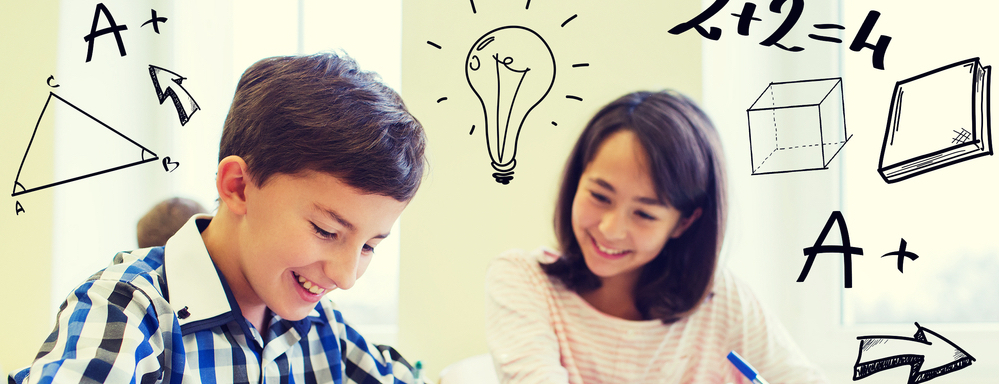A Mathematical ‘Learning Conversation’ challenges students to explain and justify their thinking in mathematics.
A Learning Conversation in Mathematics refers to authentic, enquiry-based talk about the mathematical thinking of students. In learning conversations students may “demonstrate, model, explain, calculate, justify, generalise, transfer, connect and describe their mathematical thinking.” (1)
It is best exemplified when students and teachers are engaged in the process of problem solving in Maths. Generally, the more open-ended the Mathematical problem, the more likely that a genuine Learning Conversation will develop. Providing open-ended learning experiences has the added benefit of enabling teachers to engage each child over a period of time. However, the main intention of doing so is to involve the child in mathematical learning conversations in order to articulate their own thinking (2).
The teacher can initiate the conversation with an essential question or interpretive prompt, such as:
“Why do you think that?”
“How did you understand how to solve that?”
“Explain the strategy you used to get to this point.”
“Can you draw/represent the way in which you worked on that problem?”
“Tell me how you solved that problem.”
“What steps do you take to get to this point?”
Sometimes the conversation is initiated by a student asking a question, or making a comment. Learning Conversations can be between one student and teacher, a teacher and several students, or just several students talking in a group.
The ensuing “talk pattern” is conversational – the teacher (or other students) ask some questions or may prompt for more information, but the questions she or he asks are a genuine response to what students are saying. Ideally students exchange ideas, information and perspectives between themselves.
On balance, the teacher does more listening than talking.
During the conversation, the teacher may step in to facilitate and scaffold the conversation, but it is the students who develop the conversation (3).
The conversation typically closes with summarising, drawing conclusions, making connections, establishing goals for the next step in mathematics learning, or by assisting students to do this.
References:
(1) Cheeseman, Jill (2009), ‘Challenging Mathematical Conversations’. Mathematics Education Research Group of Australasia (MERGA). Sessional conference paper, 2009 MERGA Conference.
(2) Southey, Sue (2014), ‘Mathematical Conversations: Teaching Mathematics in Kindergarten’. Educating Young Children: Learning and Teaching in the Early Childhood Years, Vol.20, No.3, 2014. Early Childhood Teachers Association of Queensland: Brisbane, QLD.
(3) Adapted from Ontario Ministry of Education (2011), ‘Grand Conversations in Primary Classrooms’, Literacy and Numeracy Secretariat, Capacity Building Series Special Edition No.18, April 2011. Ontario: Canada.
Further Reading:
Ritchard, Church and Morrison (2011), ‘Making Thinking Visible: How to Promote Engagement, Understanding and Independence for All Learners’. Jossey Bass: San Francisco, CA, USA.



